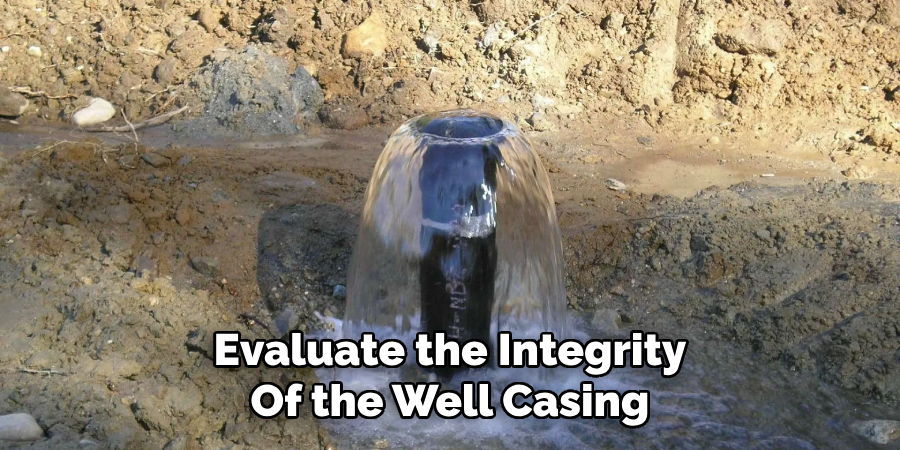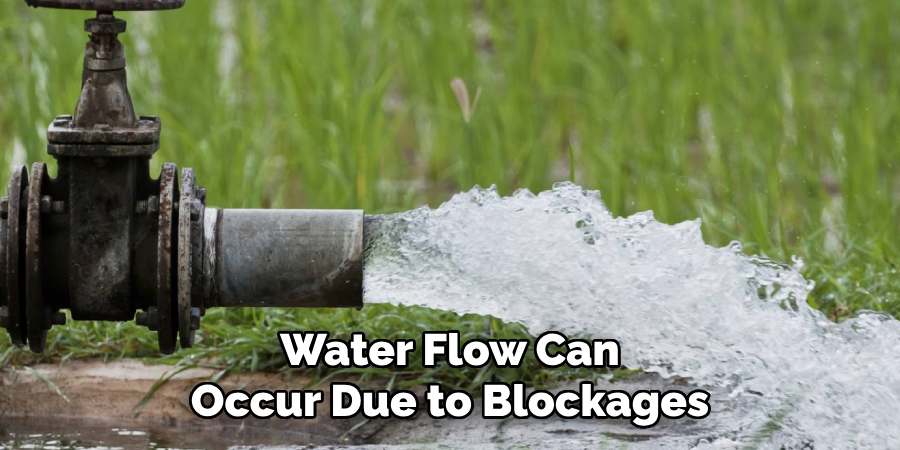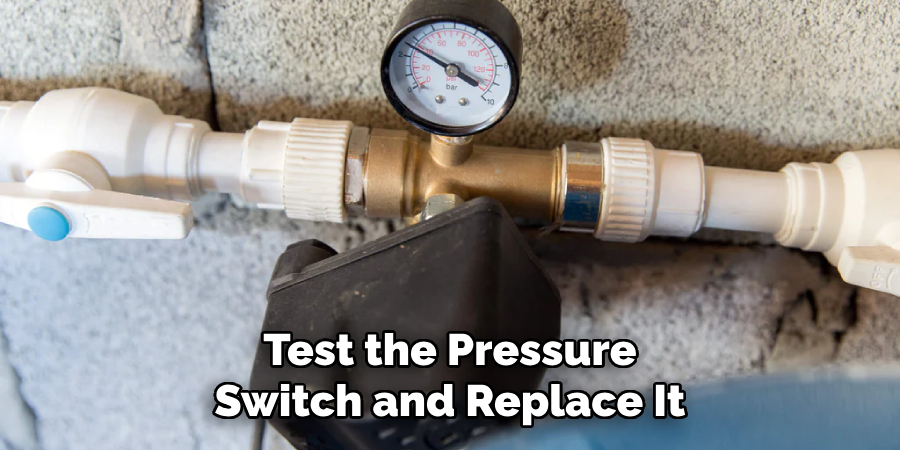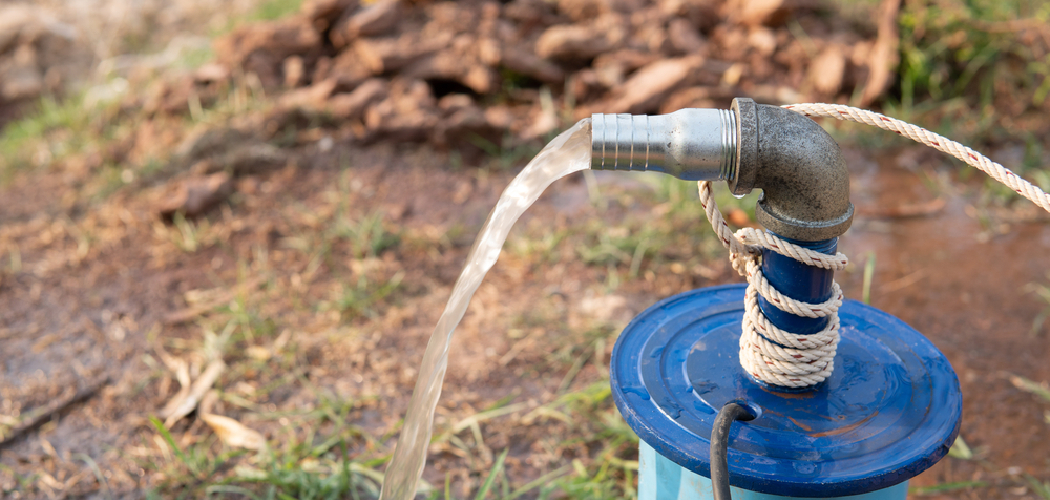An artesian well is a type of well where water flows naturally to the surface due to pressure within an underground aquifer. While these wells typically provide a reliable source of water, issues can arise that require repairs or maintenance. Whether it’s decreased water flow, contamination, or structural damage, fixing an artesian well involves understanding its unique mechanics and addressing the underlying problem effectively. This guide will walk you through how to fix an artesian well.

Common Problems with Artesian Wells
Artesian wells, though efficient and self-sustaining, can face several issues over time. Below are some of the most common problems:
- Decreased Water Flow – Reduced water pressure or flow can occur due to clogging in the well screen, sediment buildup, or changes in the aquifer’s pressure levels.
- Contamination – Contaminants like bacteria, chemicals, or debris can enter the well, especially if the casing or seal is compromised. This can pose serious health risks and affect water quality.
- Well Casing Damage – Cracks in the casing or structural damage can allow ground contaminants to penetrate the well, causing water quality and flow issues.
- Overflows or Uncontrolled Flow – Excessive pressure or damaged controls can result in water continuously flowing out of the well, leading to water waste and possible flooding.
- Pump or Valve Malfunction – If the well relies on additional equipment like pumps or valves for regulation, mechanical failures can disrupt the system’s efficiency.
By identifying these problems early, proper repairs and maintenance can ensure the longevity and functionality of an artesian well.
Importance of Timely Repairs
Addressing issues with an artesian well promptly is crucial to maintaining its efficiency, reliability, and safety. Delaying repairs can exacerbate existing problems, such as worsened contamination or further structural damage, which may lead to more expensive and time-consuming fixes. Additionally, unresolved issues like uncontrolled flow can result in significant water loss, environmental impact, or flooding, causing further complications. Timely repairs also help safeguard water quality, ensuring that it remains safe and clean for consumption and use. By tackling problems early, you can prolong the lifespan of the well, minimize repair costs, and prevent disruption to your water supply.
10 Methods How to Fix an Artesian Well
1. Thoroughly Diagnose the Problem
The first step in repairing an artesian well is understanding the issue at hand. Common problems include reduced water flow, contamination, or visible leaks. Begin with a detailed inspection of the wellhead, casing, and the immediate surroundings. Look for warning signs like water pooling, sediment in the water supply, unusual sounds from the system, or fluctuating water pressure. Use tools like flashlights or cameras for hard-to-see areas. Pinpointing the root cause ensures that your chosen repair method directly addresses the issue.

2. Evaluate the Integrity of the Well Casing
The casing serves as the structural backbone of the well, preventing surface contaminants from infiltrating the water supply. Over time, casings can develop cracks, rust, or other damage. Conduct a detailed examination using a camera probe or borehole inspection equipment. If you detect damage, you may need to either patch the casing using specialized sealants or, in severe cases, install a new section of casing. Reinforcing the casing is essential to prevent further damage and maintain water quality.
3. Inspect and Secure the Wellhead
A wellhead that is improperly sealed or damaged can become a major entry point for contaminants such as debris, insects, or surface water. Remove the well cap and check the condition of the gaskets, bolts, and seals. Replace worn or damaged components and ensure the cap is securely fastened. Consider upgrading to a sanitary well cap if contamination has been a recurring issue. A well-maintained wellhead acts as the first line of defense against external pollutants.
4. Assess and Adjust Water Pressure
Low water pressure in an artesian well can signal blockages, valve malfunctions, or decreased aquifer pressure. Use a reliable pressure gauge to measure the output at the wellhead. If readings are low, inspect the piping, valves, and joints for blockages or leaks. Clear any obstructions and replace faulty valves to restore optimal flow. Consistent water pressure is critical for the well’s efficiency and longevity.
5. Clean the Well Screen Thoroughly
Over time, the well screen—which prevents sediment from entering the system—can become clogged with debris or mineral deposits. Utilize a jetting tool to flush out the screen or apply a chemical solution designed to dissolve buildup. In severe cases, remove the screen for manual cleaning or replacement. A clean well screen ensures unrestricted water flow and protects downstream components from damage.
6. Seal Leaks Using Bentonite Clay
Leaks in the casing or surrounding soil can lead to water loss and aquifer contamination. Bentonite clay is a versatile and highly effective material for sealing these leaks. Apply the clay around the damaged areas, either internally within the well casing or externally in the soil. Allow sufficient curing time before testing the well to ensure the repair holds. This natural sealing method is particularly beneficial for maintaining a sustainable and environmentally friendly repair.

7. Disinfect the System to Address Contamination
If water contamination is detected, a thorough disinfection process is vital. Shock chlorination is the most common method, involving the addition of a chlorine solution to the well. Circulate the solution through the entire system and allow it to sit for an extended period to neutralize bacteria and other harmful pathogens. Follow up with a comprehensive flushing process to remove all residual chlorine. Regular disinfection prevents health risks and ensures water quality.
8. Replace Damaged or Worn Components
Worn-out components like check valves, pressure switches, or pipe fittings can impair the well’s functionality. Inspect all mechanical and structural parts of the system for wear and replace defective items with high-quality alternatives. This includes using corrosion-resistant materials for parts exposed to water. Proactive replacement prevents more significant issues and enhances the system’s overall durability.
9. Install Flow Control Devices for Better Regulation
Uncontrolled water flow, often caused by excessive aquifer pressure, can lead to water wastage and structural damage. Installing a flow control valve or pressure-reducing valve allows you to regulate water output effectively. Calibrate the valve to achieve a steady and manageable flow rate. Proper regulation ensures the system operates efficiently and reduces strain on other components.
10. Engage a Licensed Professional for Complex Repairs
While many repairs can be performed by a skilled individual, certain issues—such as severe casing damage, grouting, or re-drilling—require professional expertise. Licensed well contractors have the specialized equipment and knowledge to address complex problems without compromising the well’s structural integrity. Attempting major repairs without the necessary experience can lead to more extensive damage and higher costs.
Troubleshooting Common Issues

Even with proper maintenance, artesian wells can face a variety of issues over time. Identifying and troubleshooting these problems promptly is essential to ensuring reliable performance and water quality. Here are some common issues and their potential solutions:
1. Low Water Flow
Low water flow can occur due to blockages, declining aquifer levels, or malfunctioning components such as valves or pumps. Start by inspecting the well screen and piping for any signs of clogging or sediment buildup. Clean or replace these components as necessary. If the issue persists, evaluate the condition of the aquifer with professional assistance to determine if it has been impacted by drought or overuse.
2. Cloudy or Sediment-Laden Water
The appearance of sediment or turbidity in the water supply is often caused by a damaged well screen, loose soil in the aquifer, or corrosion in the casing. Check the well screen for tears or obstructions and clean or replace it if needed. Examine the well casing for cracks or rust and patch or replace the damaged areas to prevent further contamination.
3. Contaminated Water Supply
Contamination can arise from surface water infiltration, damaged wellheads, or nearby pollutants. Conduct a water test to identify the specific contaminants and their source. Repair or upgrade the wellhead to a sealed sanitary cap and disinfect the system thoroughly using shock chlorination. If contamination continues, consult a professional to address more severe or recurring issues.
4. Fluctuating Water Pressure
Erratic water pressure can result from faulty pressure switches, leaks in the piping, or blockages in the system. Test the pressure switch and replace it if it’s malfunctioning. Inspect the piping and joints for any visible leaks or damage, and seal or replace them as needed. Clear any blockages in valves or screens to restore consistent water pressure.
5. Air in the Water Lines

If air bubbles or sputtering occur during water usage, it may indicate a leaking pipe, a damaged pump seal, or a lowered water level in the well. Inspect the entire system for leaks and seal them appropriately. If the pump is the source of the issue, repair or replace the pump components to prevent air from entering the system.
Conclusion
Proper maintenance and timely repairs are essential to ensuring the longevity and efficiency of an artesian well. By addressing issues such as leaks, contamination, and worn-out components, you can prevent costly damage and maintain a reliable water supply. So, there you have it – a quick and easy guide on how to fix an artesian well.

